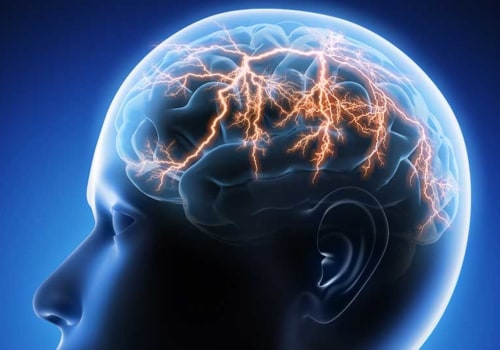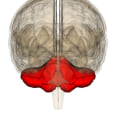The 20th century saw a surge in scientific research on addiction and addictive behaviors, leading to the emergence of two main models of addiction: the moral model and the disease model. These two models are contradictory, and new theories have brought us closer to a midpoint. In this article, we will discuss the historical models of addiction, as well as the most recent evolution of addiction models. The moral model of addiction is based on the idea that substance users are sinful and should be held accountable for their actions.
This model was widely accepted until the “disease of addiction” emerged, which lifted the burden of guilt from substance users. However, this model does not reduce the moral stigma associated with addiction, but can instead add a new stigma by using the word “illness”. The brain disease addiction model has improved our understanding and treatment of substance use disorders. It takes into account genetic and environmental factors that cause physical changes in the brain, as well as broader social and psychological aspects of addictive behavior.
This can lead to more accurate and effective treatment options. When looking for an appropriate alcohol or drug treatment program for someone who is deaf or hard of hearing, it is important to learn about the elements of the most common treatment models and quality programs. Drug rehabilitation and alcohol treatment in Canada have been heavily influenced by all of these diverse addiction models over the years. This was based on the disease model, which states that addicted people have no control over the substance and its addictive powers.
The harm reduction treatment model is another approach to treating addiction. This model focuses on reducing the negative consequences associated with substance use, rather than eliminating it completely. For example, a person may choose to participate in a harm reduction program in response to a recommendation from their EAP counselor to attend outpatient chemical dependency treatment. In conclusion, understanding the biological basis of addiction, together with its social and psychological aspects, can lead to successful prevention and treatment responses.
The three main models of addiction are the moral model, the disease model, and the harm reduction model. Each has its own advantages and disadvantages, so it is important to consider all three when looking for an appropriate treatment program.






